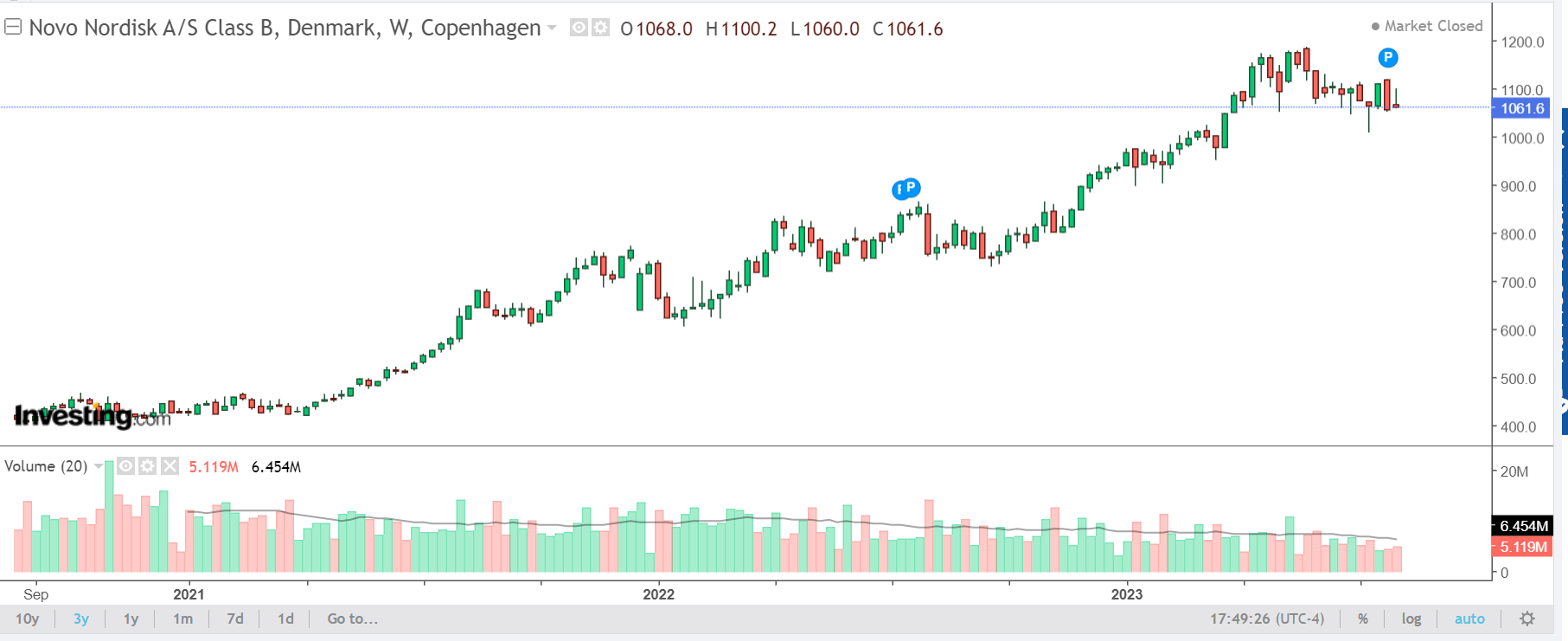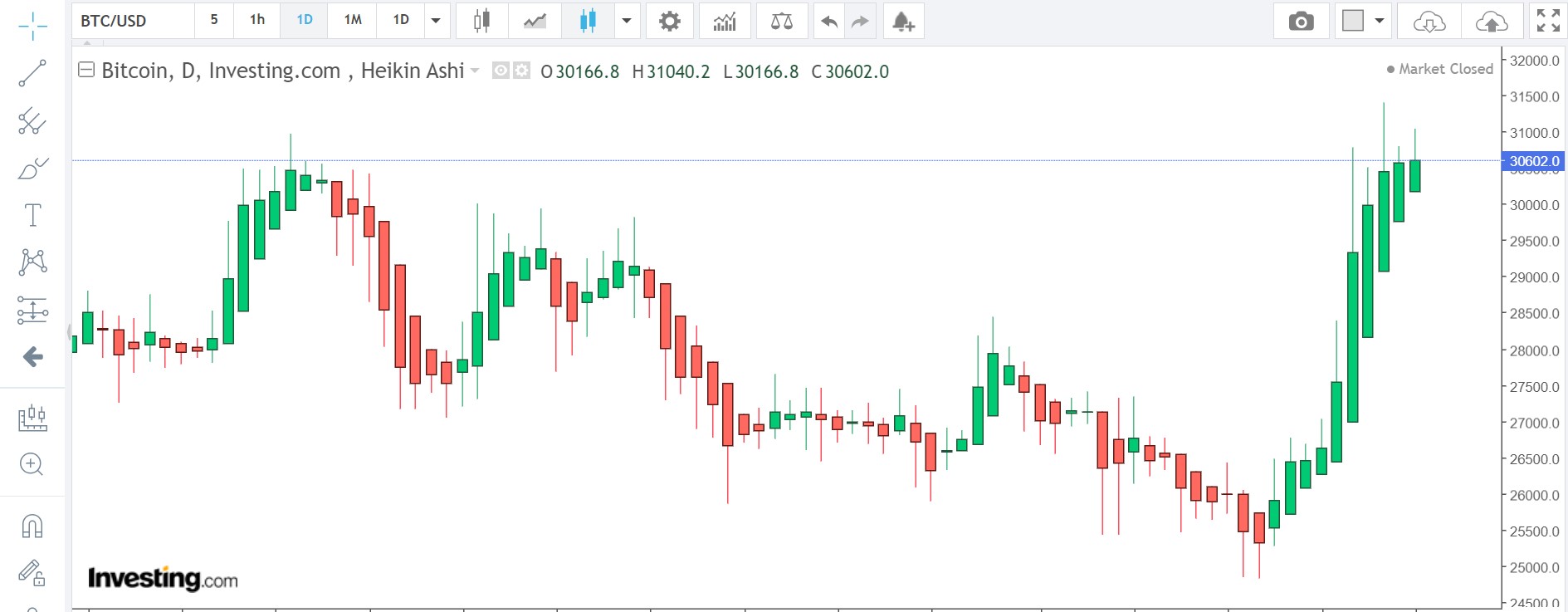The Best Technical Indicators in Day Trading
Download this article as PDF for free!
Day trading is a popular form of short-term trading that involves buying and selling financial instruments within the same trading day. To maximize profits and minimize risks, day traders rely on technical indicators to analyze price patterns, identify trends, and make informed trading decisions. In this blog post, we will dive into the best technical indicators used in day trading and discuss their significance in helping traders achieve success.
I. Moving Averages
Moving averages are one of the most widely used technical indicators in day trading. They help traders identify trends by smoothing out price fluctuations over a specific period. There are different types of moving averages, including simple moving averages (SMA) and exponential moving averages (EMA). SMA gives equal weight to all data points, while EMA assigns more weight to recent prices.
SMA can be calculated by adding up the closing prices over a specific period and dividing it by the number of periods. EMA, on the other hand, places more emphasis on recent prices using a weighted average formula.
Moving averages can be used in various ways. For instance, when the price crosses above a moving average, it may indicate an uptrend, while a cross below could signal a downtrend. Additionally, traders often use multiple moving averages to identify crossovers or confirm trends.
II. Relative Strength Index (RSI)
The Relative Strength Index (RSI) is another essential technical indicator for day traders. It measures the speed and change of price movements to determine whether an asset is overbought or oversold. RSI values range from 0 to 100, with readings above 70 indicating overbought conditions and readings below 30 suggesting oversold conditions.
RSI is calculated using the average gain and average loss over a specific period. The formula involves dividing the average gain by the average loss and converting it to a relative strength index.
Traders use RSI to identify potential reversals in price trends. When the RSI reaches extreme levels, it may indicate an upcoming correction or reversal. For instance, if the RSI is above 70, it suggests that the asset is overbought and may experience a price decline. Conversely, an RSI below 30 indicates oversold conditions and a potential price increase.
III. Bollinger Bands
Bollinger Bands are volatility indicators that consist of three lines plotted on a price chart. The middle line represents a simple moving average, while the upper and lower bands represent standard deviations from the moving average. Bollinger Bands expand and contract based on market volatility.
The upper band is calculated by adding two standard deviations to the moving average, while the lower band is obtained by subtracting two standard deviations from the moving average.
Bollinger Bands help traders identify periods of high or low volatility in the market. When prices touch or move outside the bands, it suggests that the market is overbought or oversold, respectively. Traders can also look for squeeze patterns, where the bands contract tightly, indicating low volatility and potential upcoming breakouts.
IV. Moving Average Convergence Divergence (MACD)
The Moving Average Convergence Divergence (MACD) is a trend-following momentum indicator that helps traders identify potential buy or sell signals. It consists of two lines: the MACD line and the signal line. The MACD line represents the difference between two exponential moving averages, while the signal line is a moving average of the MACD line.
To calculate MACD, subtract the 26-day EMA from the 12-day EMA. Then, plot a nine-day EMA as the signal line.
When the MACD line crosses above the signal line, it generates a bullish signal, indicating a potential buying opportunity. Conversely, when the MACD line crosses below the signal line, it generates a bearish signal, suggesting a potential selling opportunity.
Technical indicators play a crucial role in day trading by providing traders with valuable insights into market trends and potential trading opportunities. Moving averages, RSI, Bollinger Bands, and MACD are just a few of the many technical indicators available to day traders. It is important to note that no single indicator guarantees success in day trading. Traders should use these indicators in with other analysis tools and risk management strategies to make informed trading decisions. Stop loss and risk management is important to understand and use if want to be a profitable day trader in the long run.
Simon Frandsen / Pyjamastraders



